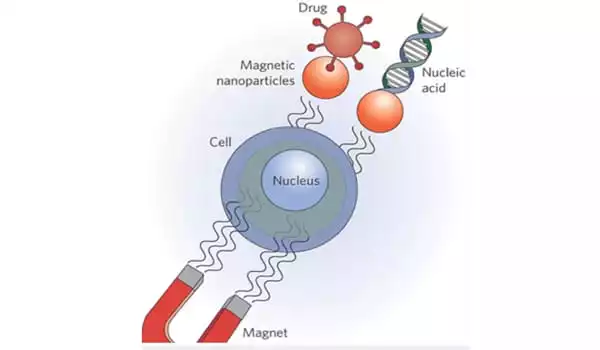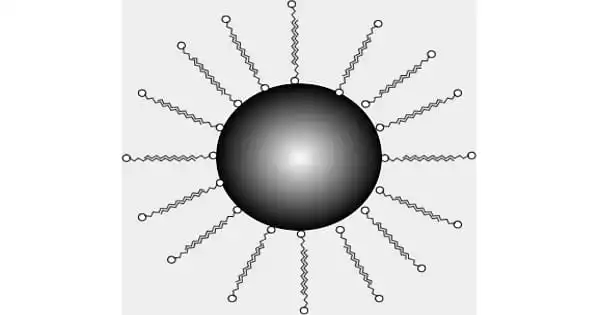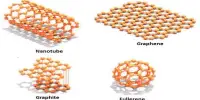Magnetic nanoparticles are a type of nanoparticle that can be controlled by magnetic fields. Such particles typically have two components: a magnetic material, which is often iron, nickel, or cobalt, and a chemical component with functionality. They’ve shown promise in a variety of biomedical applications, including magnetic hyperthermia, improving magnetic resonance imaging (MRI) data, supplementing tissue engineering efforts, and improving drug delivery to hard-to-reach microniches.
While nanoparticles have a diameter of less than one micrometer (typically 1–100 nanometers), microbeads have a diameter of 0.5–500 micrometers. They are a type of engineered particulate material with a diameter of 100nm that can be manipulated by an external magnetic field.
Magnetic nanoparticles are superparamagnetic due to their nanoscale size, and they have great potential in a wide range of applications in their bare form or when coated with a surface coating and functional groups tailored to specific applications. The most studied magnetic nanoparticles are ferrite nanoparticles, which can be greatly increased by clustering a number of individual superparamagnetic nanoparticles into clusters to form magnetic beads.
Magnetic nanobeads with a diameter of 50–200 nanometers are magnetic nanoparticle clusters composed of a number of individual magnetic nanoparticles. Magnetic nanoparticle clusters serve as the foundation for their subsequent magnetic assembly into magnetic nano chains. For several decades, increasing progress in chemical synthesis of nanomaterials and material surface modification has been observed and performed in a variety of applications such as biomedicine, biotechnology, catalysis, magnetic chemistry, thermoelectric materials, and so on.

Magnetic nanoparticles have recently been the focus of much research due to their appealing properties, which could see potential use in catalyzes such as nanomaterial-based catalysts, biomedicine, and tissue-specific targeting, magnetically tunable colloidal photonic crystals, microfluidics, magnetic resonance imaging, magnetic particle imaging, data storage, environmental remediation, nanofluids, optical filters, defect sensor, magnetic cooling, and cation resorption.
Magnetic nanoparticles can be selectively attached to functional molecules, allowing them to be transported to a specific location under an external magnetic field generated by an electromagnet or permanent magnet. The surface coating may be required to prevent aggregation and minimize particle interaction with the system environment. Surfactants, silica, silicones, or phosphoric acid derivatives are frequently used to modify the surface of ferrite nanoparticles in order to increase their stability in solution. Coated magnetic nanoparticles are widely used in a variety of medical applications, including cell isolation, immunoassay, diagnostic testing, and drug delivery.
Magnetic nanoparticles have piqued the interest of researchers in the field of drug delivery. These magnetic particles can target specific cells, reducing systemic exposure to cytotoxic compounds. Magnetic recording media and biomedical applications, such as magnetic resonance contrast media and therapeutic agents in cancer treatment, are examples of industrial applications.
















